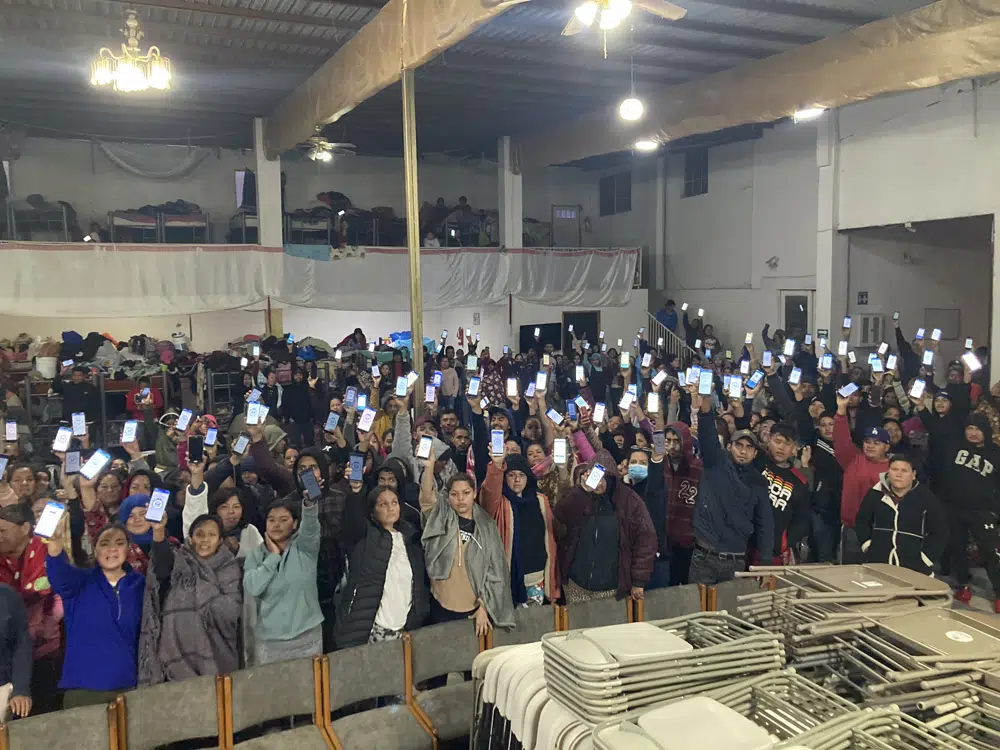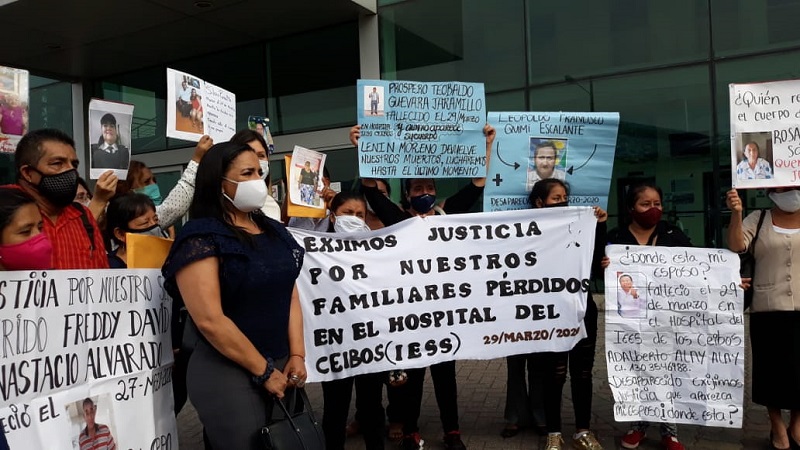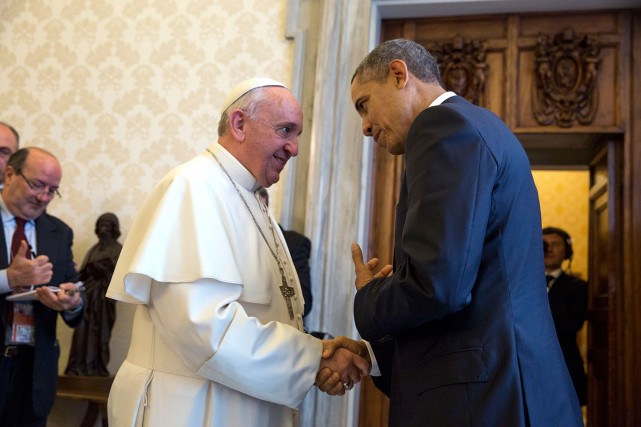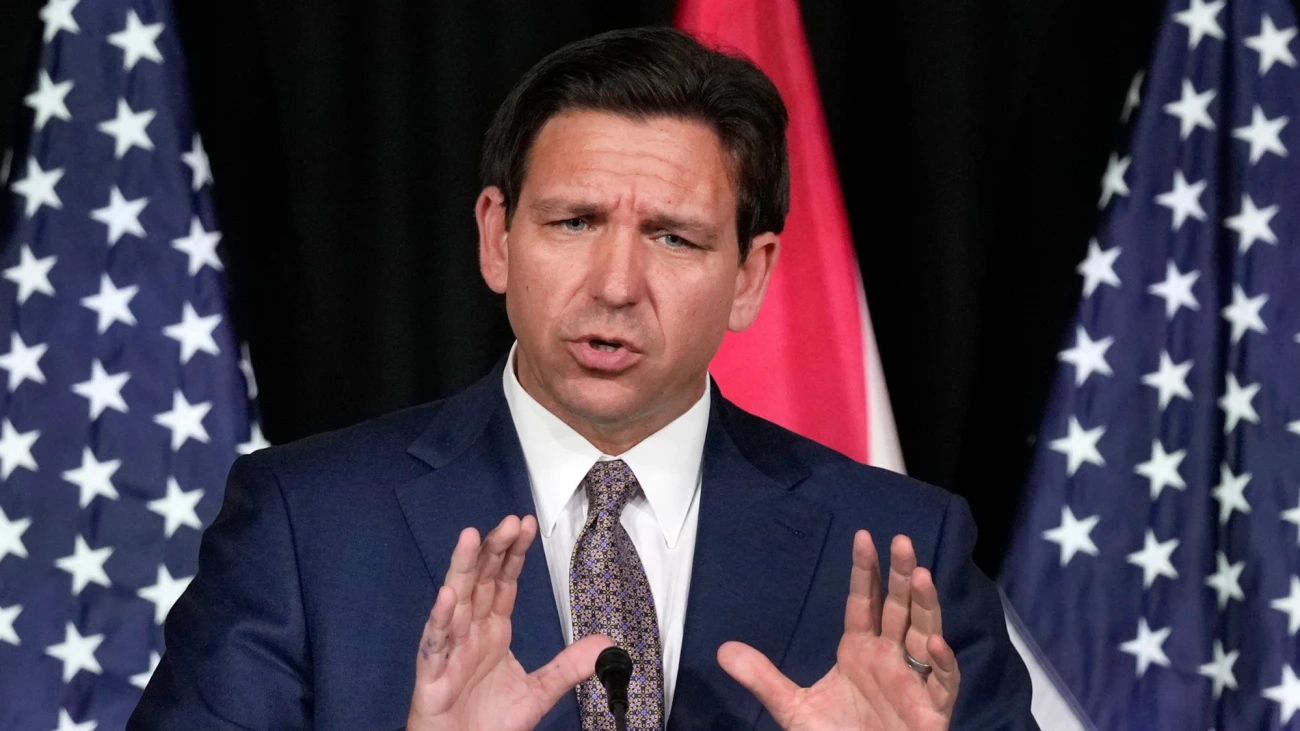
Dispatches, Features, North America
Border Patrol app excludes vulnerable asylum seekers, advocates say
March 2, 2023 By Evan Robinson-Johnson
After his dad was nearly killed during political turmoil in Cuba, Yoandry fled to Nicaragua, then to Mexico. He made it all the way to the U.S. border south of San Diego only to be stopped by an app that wouldn’t recognize his darker skin. The 31-year-old is now waking up before 5 a.m. every morning to try to schedule an appointment through the CBP One app, the only tool for refugees from Cuba, Haiti and Guatemala to begin to seek asylum in the U.S. By the time he gets the app’s facial recognition system to recognize him, Yoandry, who requested only his first name be used for safety, said appointments are completely booked. That has left him stranded for nearly a month in an unfamiliar border town.
“I do not feel safe,” Yoandry said in Spanish from Tijuana. “I am right here, near the border. We are here. But not!”
Facing record numbers of migrants on the southern border and ongoing congressional standstill, President Joseph R. Biden’s administration embraced technology as a potential solution. It simultaneously increased expulsions under Title 42, the controversial public health policy used to rapidly remove asylum seekers without hearing their plea. Preliminary numbers suggest the app is helping to reduce congestion at ports of entry. But it has also introduced an additional barrier for thousands of the most vulnerable migrants who can’t meet the new requirement.
CBP One requires a strong internet connection and is only available in English and Spanish. Its photo software sometimes fails to recognize Black and brown faces, said Guerline Jozef, director of Haitian Bridge Alliance, who recently spent a week on the Mexico border explaining Biden’s new policy to Haitian migrants. And because appointment slots fill up quickly, scammers are already taking advantage of a desperate situation.
“We have received multiple reports from refugees who have been charged thousands of dollars by individuals who claim to have special access to CBP One appointments,” Erika Pinheiro, executive director of legal services nonprofit Al Otro Lado said in a statement. “Others who do not speak Spanish or English have paid thousands simply to have assistance in completing the app.”
CBP One could soon become the sole tool used to process migrants, regardless of what sort of status people are seeking. In its expansion announcement, the Department of Homeland Security said even if Title 42 expires, the app “will be used to help ensure safe and orderly processing at ports of entry.”
Scheduling an appointment through the CBP One does not guarantee that an individual will be granted an exception to the Title 42 order. It is primarily a tool for the government to reduce chaos on the border and gain better insight into potential arrivals.
“In essence, can we know ahead of time who’s coming?” said Theresa Brown, director of immigration for the thinktank Bipartisan Policy Center.
When U.S. Customs and Border Protection first launched its processing app in June 2021, immigrant advocates worried the agency would use facial recognition, geolocation and cloud technology to store sensitive info on asylum seekers. It’s not clear whether the federal agency addressed those concerns before this larger expansion.
In November, Immigration and Customs Enforcement officials accidentally published the names, birthdates, nationalities and detention locations of more than 6,000 asylum seekers. Half of those refugees have now been released from detention, ICE announced Thursday.
In a January press release, Secretary of Homeland Security Alejandro Mayorkas praised the app as “an innovative solution” that is helping people “seek protection in a safe, orderly, and humane manner.”
CBP One is replacing an exemption process previously managed by non-governmental organizations. Some advocates are worried that vulnerable migrants won’t be able to navigate the system on their own.
“Requiring refugees to use an app to make an appointment to access protection ignores the reality in which refugees find themselves in Mexico,” Pinheiro said. “Numerous refugees living in dire circumstances have already contacted our organization because they are unable to access the app, including those whose lives are in immediate danger, who fear they will die before being able to obtain an appointment for processing.”
Joyce Ajlouny, director of the faith nonprofit American Friends Service Committee, described CBP One as yet another hurdle in the asylum process that exacerbates inequity.
“Ukrainians are not asked to download an app,” she noted during a Monday press call.
Even within the population of Central American refugees, divisions are emerging between groups that have access to phones and education about the new requirements and those operating in the dark.
In Haiti and Tijuana, Mexico, Jozef is educating thousands of potential asylum seekers about the new app. She’s still waiting for DHS to follow through on its promise to add a Haitian Creole language option.
Yoandry, who ran a small candy shop in Cuba, is waiting too. He hoped to lay the groundwork for his sister and parents in Cuba to follow him to the U.S. Conditions at home haven’t improved since July 11, 2021 when an army officer smashed his father’s head during a protest.
“I have to keep trying,” he said.
Lucia Barnum contributed to this report.
About Evan Robinson-Johnson
Evan Robinson-Johnson is a photographer and journalist.





